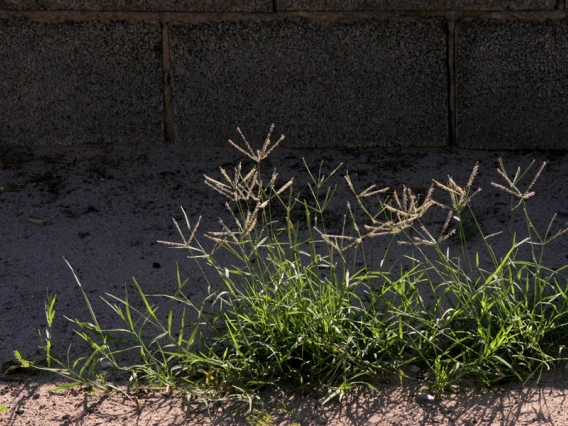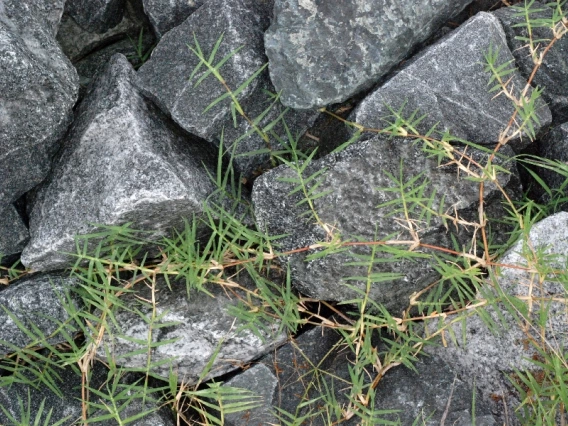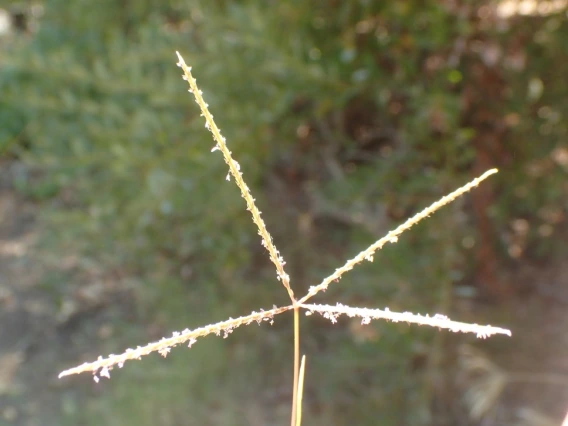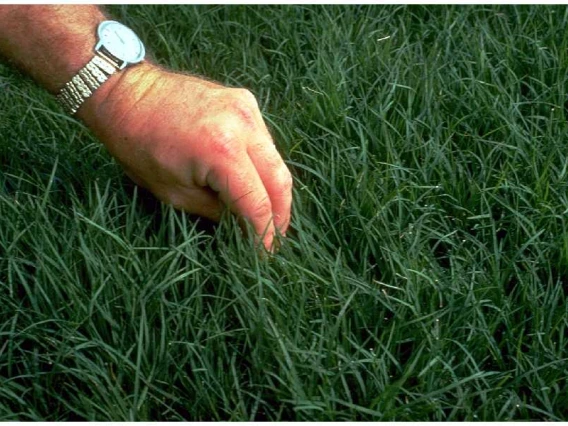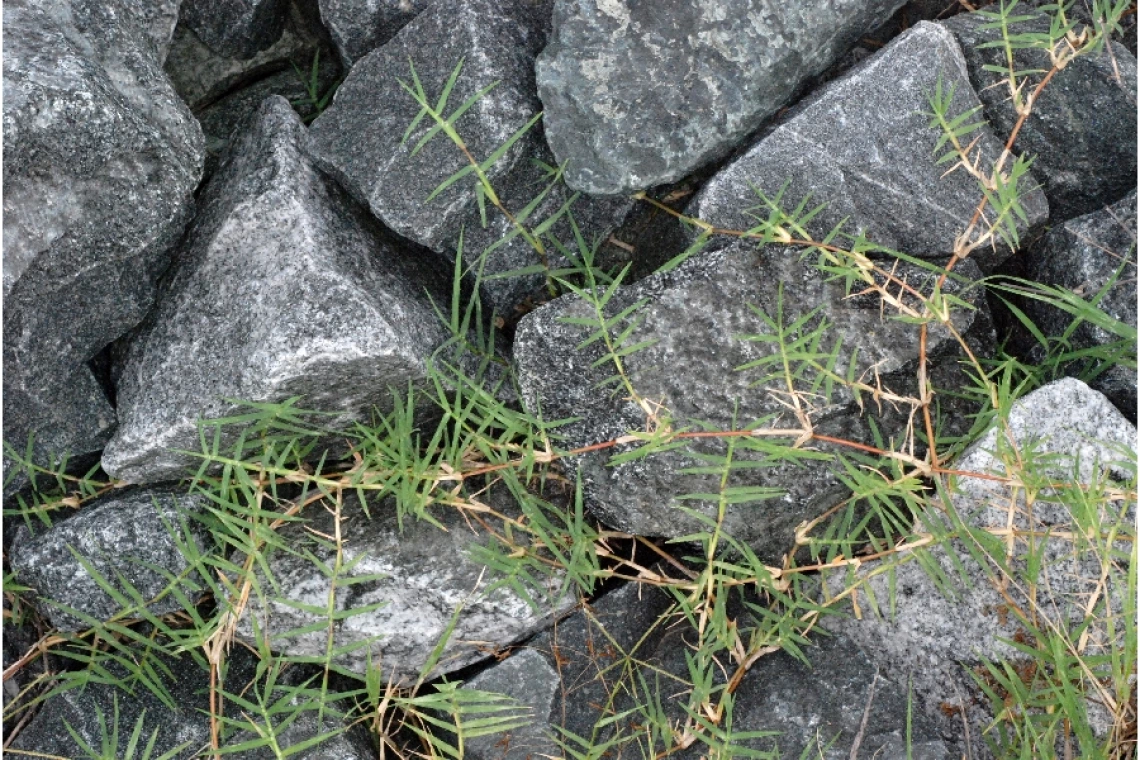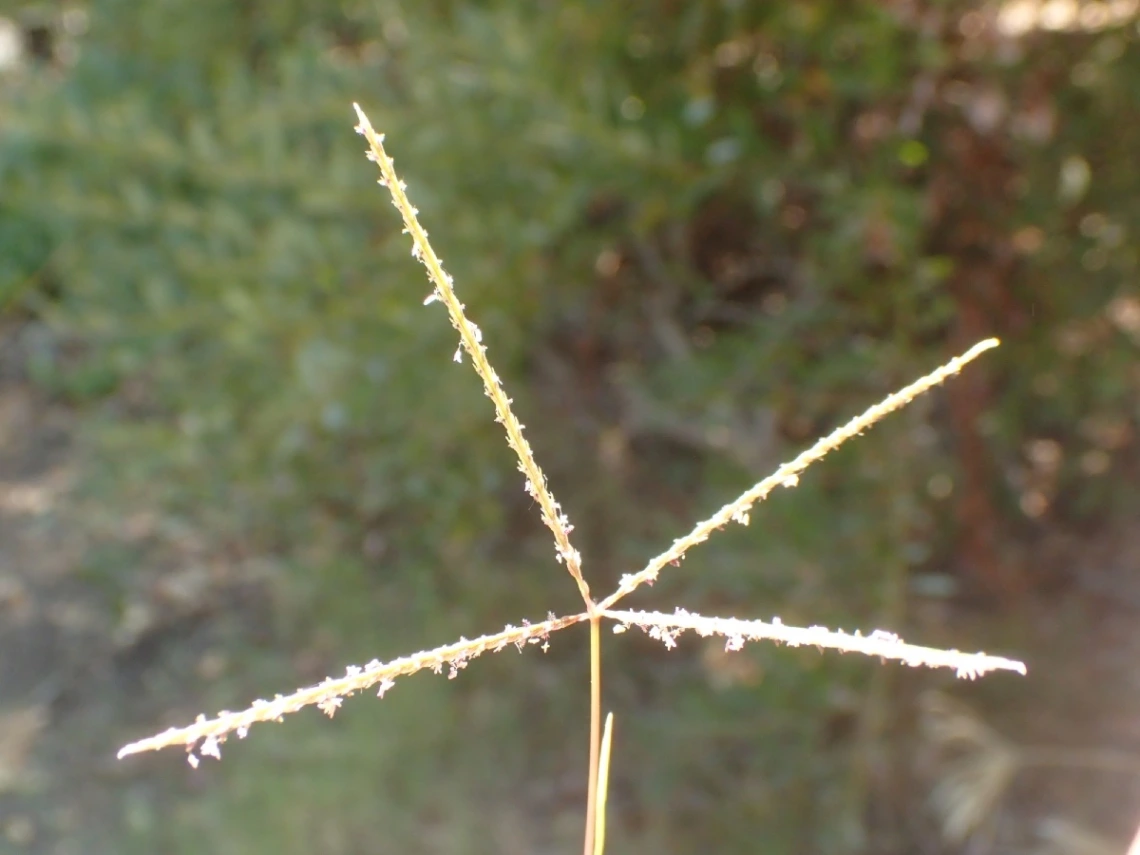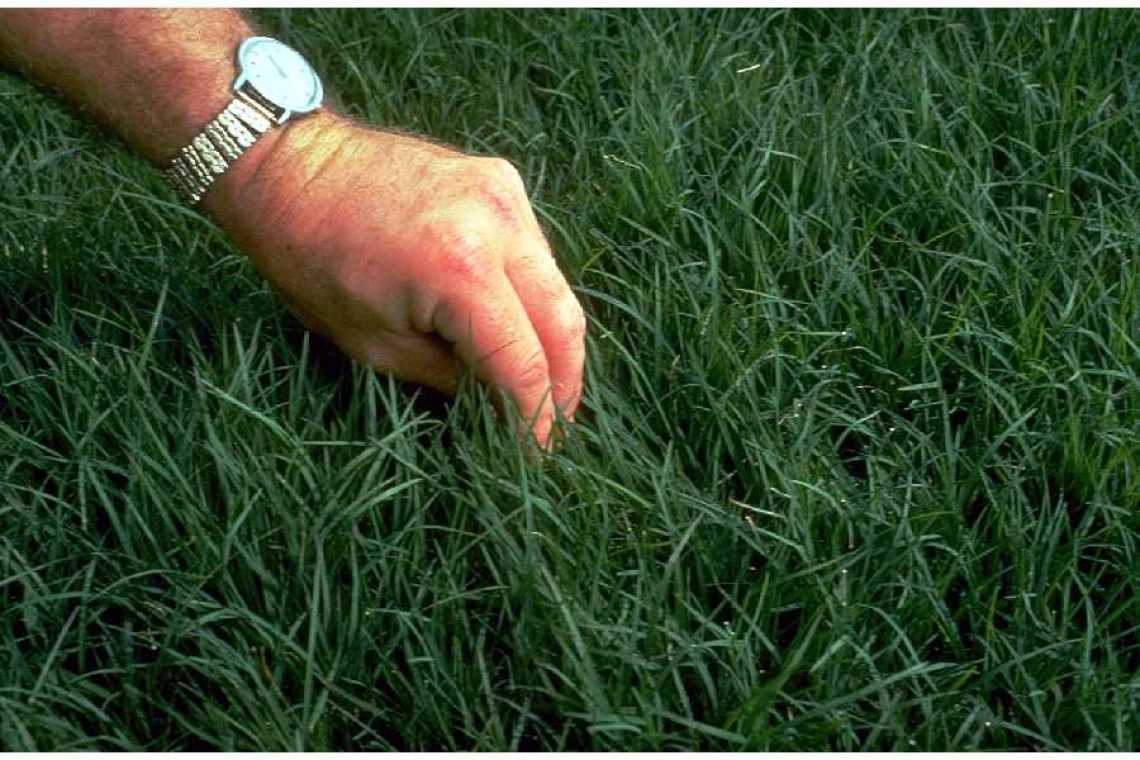Image
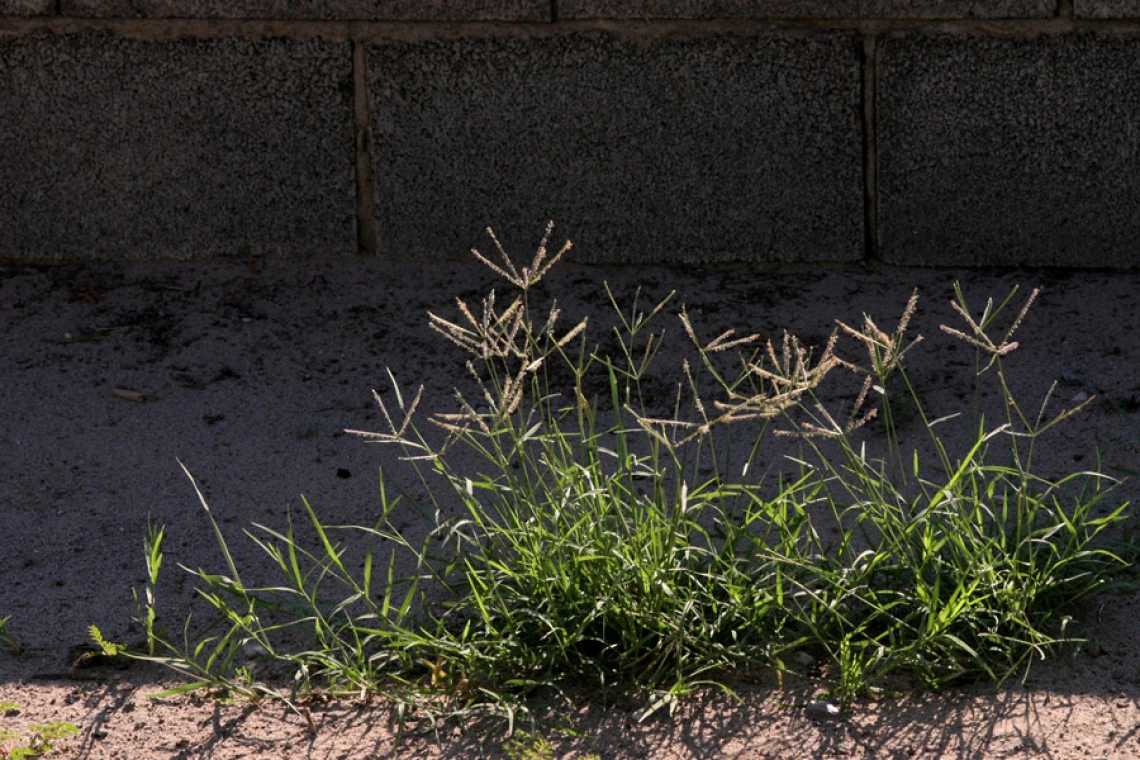
Patrick Alexander
Common Name(s)
Bermuda grass
Bahama grass
Crab grass
Devil's grass
Couch grass
Scientific Name
Cynodon dactylon
Family
Grass family (Poaceae)
Reasons for concern
Bermuda grass spreads quickly and in all directions from seeds, underground rhizomes, and above ground stolons. In irrigated or tilled soil, the rhizomes can be as deep as 6 inches and grow multiple feet. This fast reproduction makes it rapidly spread and easily outcompete native species.
Botanical description
Low growing, wiry warm season species
Leaves
Flat and narrow sparsely hairy sheaths 1-16 cm long, gray-green color
Stem(s)
5-40 cm in height, stem from nodes, flowering stems have a terminal group of three to seven spikelike branches originating from a single whirl, green with a purple tinge. The stems have long internodes that can alternate in length
Inflorescence
2-9 branches in a whorl on the top of taller stems
Roots
Rhizomes 1-6 inches deep in soil, can be deeper if soil is well irrigated or tilled. Stolons can root if exposed to moist soil, even if they are cut, Mature roots are yellow or brown where young roots are white.
Native to
Tropical Africa
Where it grows
Gardens, landscapes, orchards, roadsides, vineyards, and industrial areas. Tolerates drought but grows best in irrigated areas, common around streams
Lifecycle
Perennial, warm season grower
Reproduction
Seeds and propagative shoots from rhizomes and stolons
Weedy Characteristics
Stolons and rhizomes can root even when cut as long as they have contact to soil.
Look-alike Plants
Needle Grama (Bouteloua aristidoides) can be distinguished by their short inflorescences, which are ½-1 inch long and grow ½ inch apart on alternating sides along the top half of taller branches.
Control Strategies
chemical herbicides like Roundup can be used but requires specific timing and multiple applications. Grass selective and nonselective herbicides can be used. Mow and apply black polyethylene over large areas to prevent sunlight from reaching the gras. If removing manually, make sure to remove the entirety of the plant and dispose of them away from soil so they don't re-root.
References
- https://en.wikipedia.org/wiki/Cynodon_dactylon
- https://swbiodiversity.org/seinet/taxa/index.php?taxon=Cynodon+dactylon&formsubmit=Search+Terms#
- https://cals.arizona.edu/yavapai/anr/hort/byg/archive/bermudagrassmanagement2017.html
- https://cals.arizona.edu/yavapai/anr/hort/byg/archive/bermudagrasscontrol.html
- https://extension.usu.edu/yardandgarden/research/bermudagrass-is-it-here-to-stay
- https://ipm.ucanr.edu/pmg/pestnotes/pn7453.html

